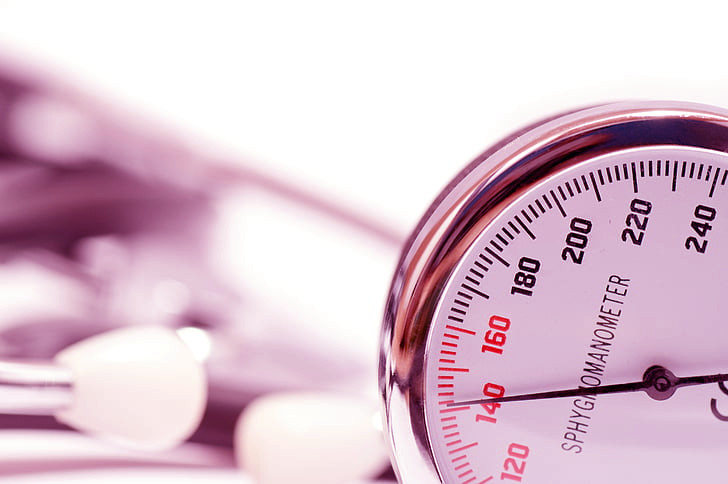Are you wondering what pressure sensors are and how they work? Maybe you’re wondering if investing in pressure sensors is the right choice for your business.
This article will tell you everything you need to know. Keep reading to find out more!
Quick outline of pressure sensors
A pressure sensor is a device that measures the pressure of a gas or liquid. These sensors are widely used in home appliances such as dishwashers, washing machines and refrigerators, and commercial and industrial applications.
There are different pressure sensor types, including G-force pressure sensors, which measure the force exerted by gravity upon an object (based upon the object’s weight). For example, you find these types of sensors in bumper cars, detecting when someone bumps into the car from behind.
How pressure sensors work to detect force or stress
It’s common to classify pressure sensors based on their principle of operation. Three common types include electromagnetic, piezoresistive, and piezoelectric.
Electromagnetic sensors generate an electric current in response to an applied magnetic field. They are more accurate at measuring very low pressures. Still, they need direct contact with the surface of interest, and they can be prone to interference from external sources such as magnetic fields, movement, or light.
Piezoelectric pressure sensors use changes in voltage that result from changes in their physical dimensions when they are subjected to mechanical stress or displacement, such as when there is a change in air pressure.
The most widely used type is the piezoresistive due to its high sensitivity and long-term stability. These sensors detect changes in electrical resistance as a material bends under applied forces. They do not require calibration and have a lower sensitivity threshold than strain gauges.
Common uses of pressure sensors
Pressure sensors play a critical role in several industries, including aviation, automotive, marine, medical, and more—but in this section, we’ll discuss some of the most common applications.
Within automobiles, pressure sensors normally serve two purposes. One is to measure tire pressure, and two is to measure air pressure in the vehicle’s suspension system.
Most modern cars feature at least one tire pressure sensor, which sits in the spare hole of the vehicle’s wheel. When a driver needs to fill up a tire, they can check its pressure using this sensor . Also, you can store your tires with a professional company as well.
Usefully, pressure sensors can also alert drivers of low pressure or high temperature while monitoring their driving habits.
But that’s enough about cars! In the marine industry, workers install pressure sensors in boats to prevent them from capsizing. Similarly, aircraft use sensors to ensure the plane’s atmosphere remains safe for crew members and passengers.
Understanding the future of pressure sensors
Pressure sensors are common in residential, commercial, and industrial applications around the world today—but their popularity is only just beginning. Experts expect to see a growing prevalence of pressure sensors and other types of sensors in the coming years.
For example, pressure sensors may soon be integrated into large surfaces—like floors and walls—to help building engineers monitor their structural integrity. This application is just one of many ways pressure sensors will help make industries safer.



